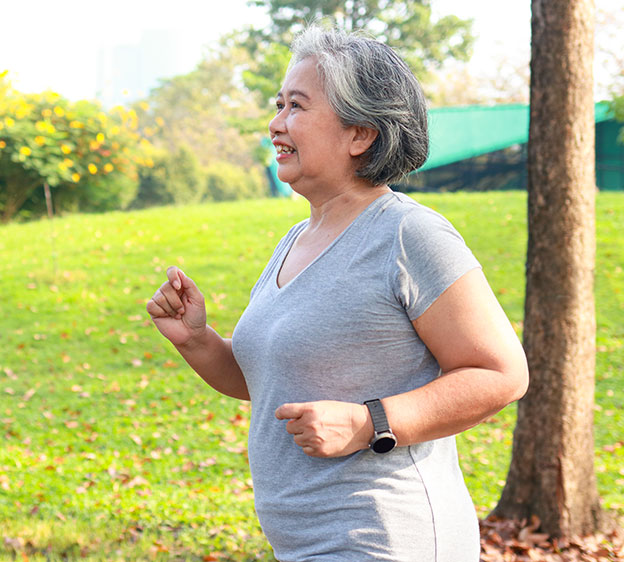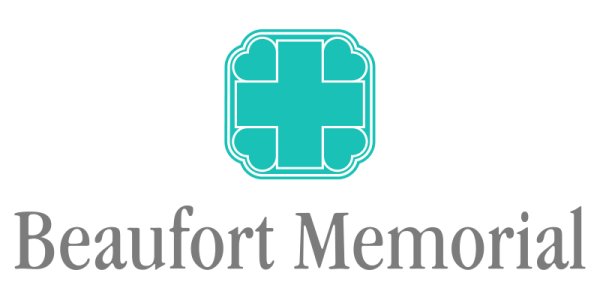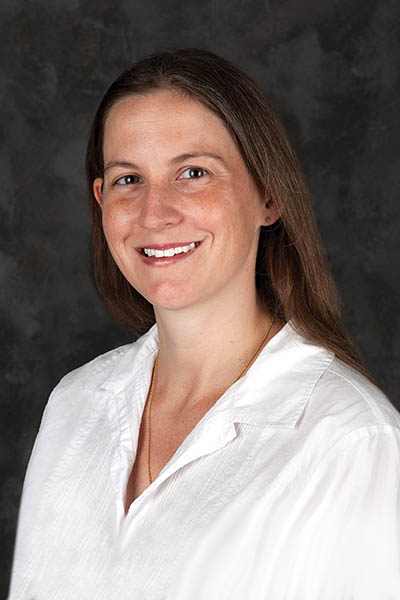
You may not give your gallbladder much thought, but this tiny organ works every day to help your body digest food — and if you’re a woman, you should show your gallbladder extra TLC. Women ages 20 to 60 are three times more likely than men to develop gallstones, according to the American College of Gastroenterology. Gallstones and other forms of gallbladder disease can cause painful attacks and lead to serious, potentially life-threatening medical conditions. Taking steps to promote gallbladder function is worth the investment in your long-term health.
What Is the Gallbladder?
The gallbladder is a small pear-shaped organ located near the liver and pancreas. The liver produces a digestive fluid called bile, which contains cholesterol, bilirubin and bile salts that help break down fats so they can be absorbed by the small intestine. Bile is stored and concentrated in the gallbladder, then released as needed to aid digestion.
“Gallbladder diseases, including gallstones, are usually the result of too much bilirubin or cholesterol, not enough bile salts, blocked bile flow, or the gallbladder not completely emptying or not emptying frequently enough,” says Dr. Deanna Mansker, FACS, CWSP, general surgeon at Beaufort Memorial Surgical Specialists. “If you develop gallbladder trouble, surgery to remove the organ is often recommended. It’s an organ that plays an important role, but your body can function without it. Once the diseased gallbladder is removed, bile will simply flow from the liver directly into the digestive tract.”
Read More: Pain in the Gut: Could It Be Your Gallbladder?
Signs of Gallbladder Problems
Gallstones, one of the most common gallbladder problems, are lumps of hard material that form in bile. These substances can form tiny crystals that clump together, form gallstones and get lodged in the gallbladder, blocking the flow of bile. Gallstones can start out as small as a grain of sand and eventually grow as big as a golf ball.
Gallstones usually do not cause symptoms until they block the ducts (tubes) that carry bile. When a blockage occurs, it is called a gallbladder attack. Symptoms may include:
- Fever and chills
- Nausea and vomiting
- Sudden, severe pain in the upper right part of the abdomen that lasts for at least 30 minutes
Some other health problems related to blocked bile flow include:
- Bile duct inflammation and infection
- Bile duct or gallbladder cancer
- Gallbladder inflammation
- Jaundice (yellowing of the of the skin and whites of the eyes)
- Pancreatitis (inflammation of the pancreas)
How to Optimize Gallbladder Function
Some of the same healthy lifestyle habits that benefit your overall health can help you avoid gallbladder issues and keep your gallbladder performing its job the way it should.
Get regular exercise.
Physical activity helps control excess weight, a risk factor for gallbladder disease. Exercise also helps counteract sedentary living, which seems to contribute to an increased risk of gallbladder problems.
There’s no specified amount of exercise known to reduce the risk of gallbladder problems but aiming for the recommended 150 minutes of moderate intensity exercise each week is a good starting point. If possible, add two days of strength training to your exercise routine.
Improve your diet.
Eating a healthy diet can have a positive effect on gallbladder health and can even help prevent gallstones from forming.
Start with eating foods high in fiber, a nutrient that protects against gallstones. High-fiber foods include:
- Vegetables, such as spinach, asparagus, potatoes with the skin, broccoli and carrots
- Fruits, such as apples, bananas, prunes, pears, peaches and figs
- Legumes, such as lentils, black beans, kidney beans, peas and chickpeas
- Nuts and seeds, such as almonds, pistachios, sunflower seeds and chia seeds
- Whole grains, such as brown rice, oats, quinoa, shredded wheat, bran, whole-grain breads, cereals and pasta
Foods rich in healthy unsaturated fats, such as fish oil and olive oil, help the gallbladder fill and empty regularly. Avoid unhealthy saturated fats found in red and processed meats, full-fat dairy products, fast food, fried foods, and processed snacks and desserts.
Finally, eat less sugar and refined carbohydrates, such as white bread, white rice, and processed sweets, pastries and cakes. These foods are low in fiber and other nutrients but high in calories, which can contribute to weight gain.
Stay hydrated.
Drinking plenty of fluids helps keep bile moving freely through the gallbladder. Sip plain water, mineral water, coffee, tea and 100% fruit juices throughout the day.
Read More: A Healthier Path to Weight Loss
What to Avoid
While maintaining a healthy weight helps promote optimal gallbladder function, extreme diets can make things worse. Crash diets designed for rapid weight loss can actually increase the risk of gallstones.
You may have heard that gallbladder cleanses or flushes may be beneficial, but in reality, they may do more harm than good. The concept is that fasting followed by drinking juices, apple cider vinegar or olive oil will flush “sludge” out of the gallbladder. Some gallbladder cleanses use herbs and supplements, as well. However, these restricted diets do not appear to prevent or reduce gallstones, can cause unpleasant side effects, such as diarrhea, nausea and vomiting, and deprive your body of essential nutrients.
“There is no evidence to support the idea that gallbladder cleanses prevent gallstones,” Dr. Mansker says. “If you have gallstones that are causing pain and other symptoms, usually gallbladder removal is recommended. Medications are available, but usually ineffective.”
Are you concerned your symptoms might be signs of gallbladder trouble? Find a primary care provider who can recommend the right treatment and help you manage your gallbladder health.

